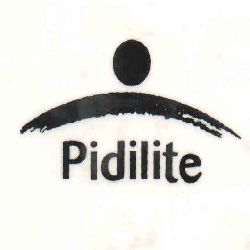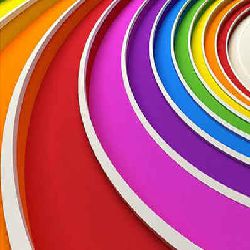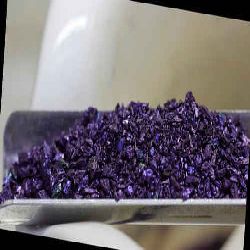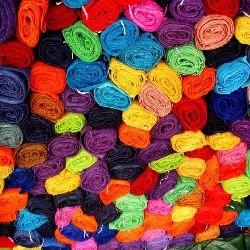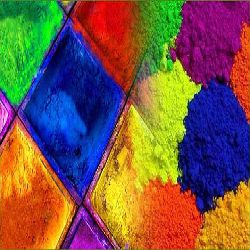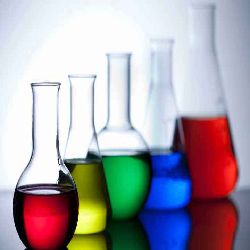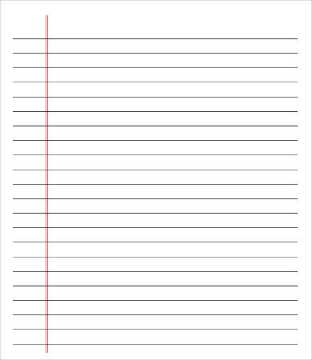Basic Member
Get a free quote or proposal for
Basic Dye
DESCRIPTION: |
|
Basic dye is a stain that is cationic (+ve charged) and so will react with material that is (-ve) negatively charged. This dye is usually synthetic, that act as bases, and which are actually aniline dyes. Their color base is not water soluble but can be made so by converting the base into a salt. The basic dyes, while possessing great tinctorial strength and brightness, are not generally light-fast. Basic (or cationic) dye molecules have a coloured component carrying a positive electrical charge which is attracted by negative charges on the fibre. Basic dyes must not be: (i) mixed with the negatively charged acid dyes since they will neutralise each other to form an insoluble complex; or (ii) used under alkaline conditions since many of the dyes will decompose to form the colourless dye base which is insoluble in water. The basic dyes, like the acid dyes, unite chemically with the fibre. They do not take directly on cotton but they do on ligno-cellulosic fibres such as sisal, jute and coin For brightness and clarity of colour the basic dyes cannot be matched by any other class of dyestuff. Also, since the dyestuffs produce intense colours, quite small quantities of dye will produce deep hues. PROPERTIES OF BASIC DYES Basic Dyes are cationic soluble salts of coloured bases. Basic dyes are applied to substrate with anionic character where electrostatic attractions are formed. Basic dyes are not used on cotton as the structures are neither planar nor large enough for sufficient substantivity or affinity. Basic dyes are called cationic dyes because the chromophore in basic dye molecules contains a positive charge. The basic dyes react on the basic side of the isoelectric points. Basic dyes are salts, usually chlorides, in which the dyestuff is the basic or positive radical. Basic dyes are powerful colouring agents.It’s applied to wool, silk, cotton and modified acrylic fibres. Usually acetic acid is added to the dyebath to help the take up of the dye onto the fibre. Basic dyes are also used in the coloration of paper. ADVANTAGES:- High Tinctorial strength Moderate substantively Relatively economical Wide shade range Includes some of the most brilliant synthetic dyes Shows good brightness DISPERSE DYES BASIC DYES REACTIVE DYES ACID DYES SULPHUR DYES DIRECT DYES ACRYLIC DYES VAT DYES SOLVENT DYES PIGMENTS (PASTE, POWDER) FLUORESCENT PIGMENT (POWDER/PASTE) FLOCK POWDER PEARL PASTE & PEARL POWDER |
|
COMMERCIAL DETAILS: |
|
| Min Order Qty. | 100 Kilogram |
| FOB Price * | Not Mentioned |
| Payment Options | Escrow, L/C, D/D, D/P, T/T, M/T |
| Payment Terms | ADVANCE |
| Country of Origin | DELHI |
| Shipping Port | AS PER DISCUSSION |
MORE DETAILS: |
|
| Product Condition | New |
| Brand Name | RITU DYE CHEM |
| Supply Capacity | 1000 Kilogram / Day |
| Packaging | 10KG, 25KG |
| Sample Offered? | Yes |
| * Prices are subject to change. Please contact the supplier for the latest price. | |


Pranshu Gupta
Proprietor, Ritu Dye Chem
Member Since: May 2018
Response Rate
93%
Location ![]()
| Address Line1 | 1226, Gali Telian, Tilak Bazar, Near Khari Baoli |
| City | Delhi |
| Postal Code | 110006 |
| District / County | Delhi |
| State | Delhi |
| Country | India |
| Region | South Asia |
Office Schedule
| Working Days | Monday through Saturday |
| Working Hours | 10 AM to 7 PM |
- Buyers from Egypt, Lebanon, Azerbaijan, Malaysia, Pakistan recently contacted this member.
- This profile was recently viewed by visitors from Japan, United Arab Emirates, Canada, Germany, United States.
Product Listings
by Ritu Dye Chem
Find More Products in These Categories
More Product Listings
Looking for Buyers Instead?
Dyes, Basic Buyers from around the world







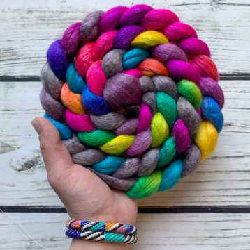

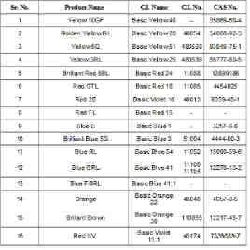




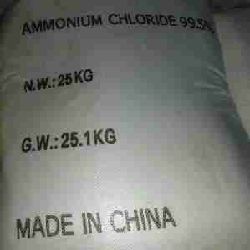
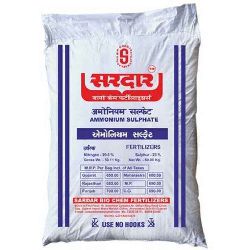
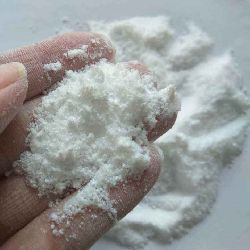



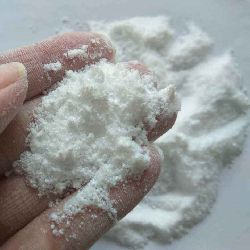

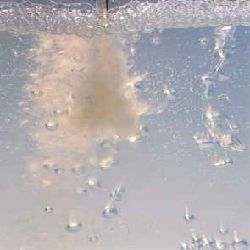


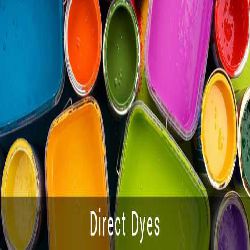
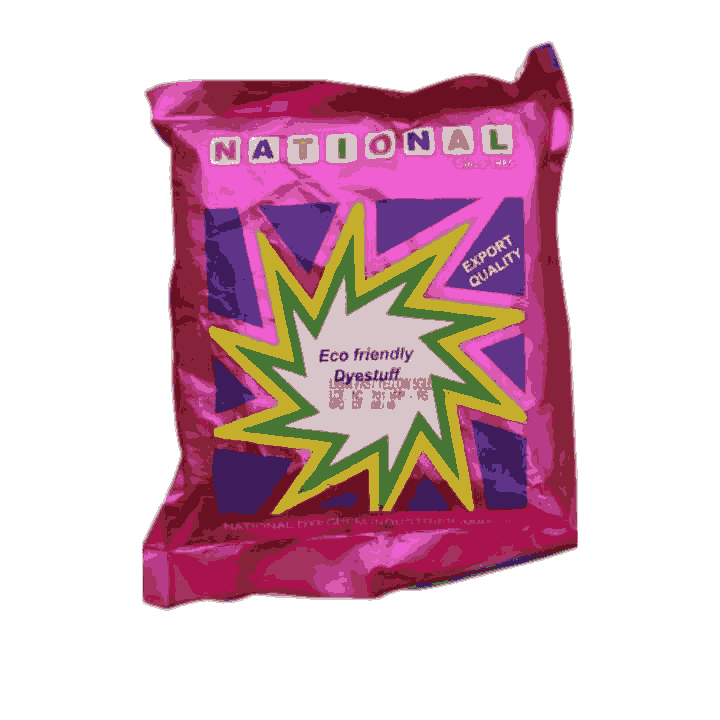
.jpg)



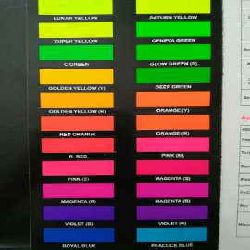
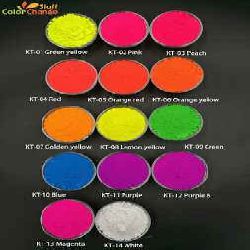

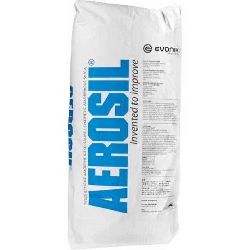

.jpg)

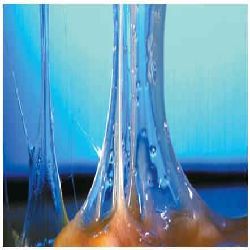
.jpg)


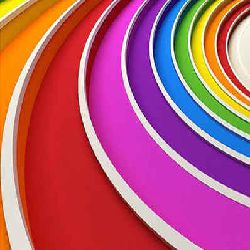
.jpg)



